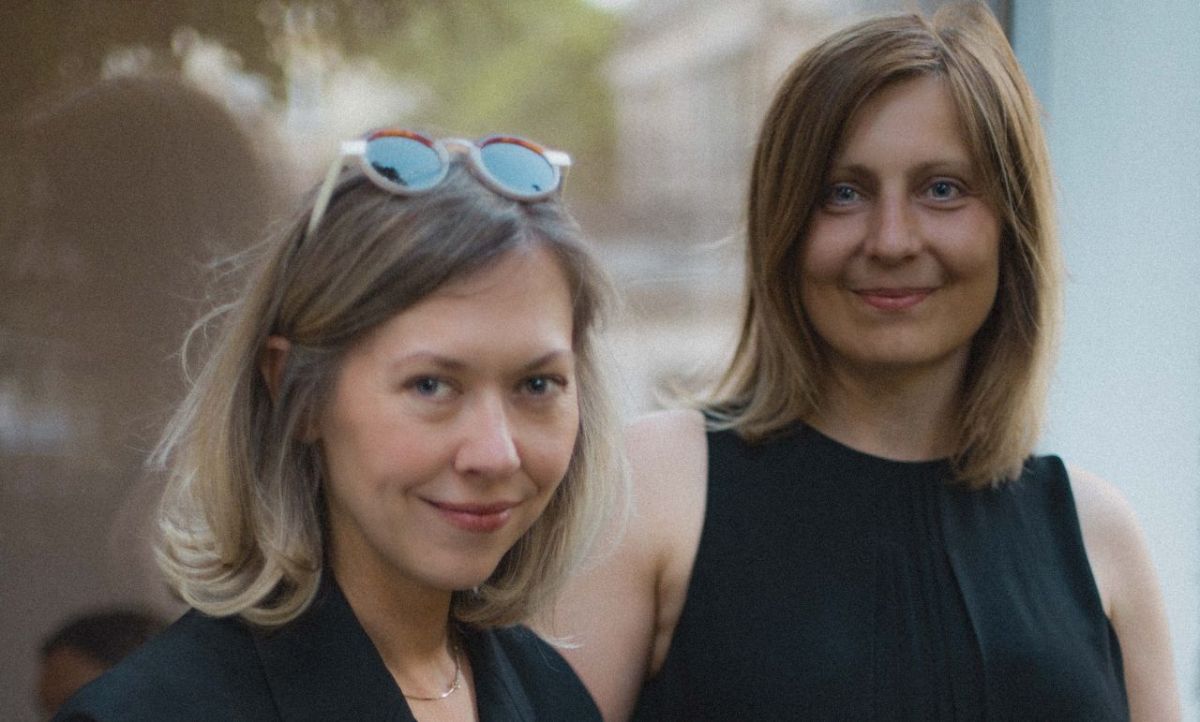Have sustainable development standards already been fully integrated into the design of private homes? And are individual investors ready for environmentally friendly solutions?
Magdalena Morelewska, co-owner of the Morelewska Wojcieszek Architektki architectural studio: Sustainable development design concepts for single-family homes have been around for some time. Investors are paying more attention to how their solutions impact the environment as well as the running costs of each building. They do the calculations to see if it pays off to use technology to reduce a home’s running costs, although this nonetheless requires a greater financial commitment upfront. More buyers are now asking about installations that in extreme circumstances free them from the vagaries of both the electric grid and the water and sewage board. We approach every project on an individual basis and choose the optimum solutions for that budget – and for the most part these are small-scale, environ































































